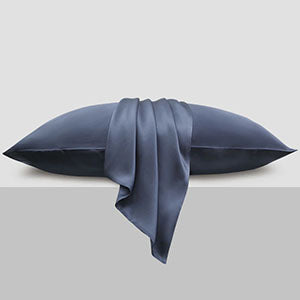Colorful Silk Robe: A Journey Through History, Culture, and Timeless Elegance
- ved wangfred
-

Imagine a garment that transcends time, weaving together threads of artistry, heritage, and personal expression. The colorful silk robe is more than just clothing—it’s a canvas of history, a testament to human ingenuity, and a celebration of beauty that spans continents and centuries.
The Ancient Origins of Silk
Silk’s story begins over 5,000 years ago in ancient China, where legend credits Empress Leizu with its discovery. The delicate process of sericulture—raising silkworms and harvesting their cocoons—became a guarded secret for millennia. Early silk robes were symbols of imperial power, dyed with natural pigments from plants and minerals to create vibrant hues reserved for royalty.
Trade Routes and Global Influence
The Silk Road transformed silk into a global commodity, sparking fascination across Persia, Rome, and beyond. Merchants risked treacherous journeys to transport these lustrous fabrics, which became currency-like treasures. By the medieval era, silk robes adorned European nobility and Middle Eastern dignitaries alike, their colors often reflecting regional botanical dyes like saffron yellow or indigo blue.
Cultural Significance Across Civilizations
East Asian Traditions
In China, intricate embroidery on silk robes conveyed social rank and philosophical ideals. Dragons symbolized imperial authority, while cranes represented longevity. Japan’s kimono culture elevated silk to an art form, with seasonal motifs like cherry blossoms or autumn leaves woven into designs.
Middle Eastern Opulence
Ottoman caftans showcased geometric patterns in ruby reds and emerald greens, often lined with fur for winter warmth. Persian artisans developed complex ikat techniques, creating mesmerizing blurred patterns that required precise dyeing of threads before weaving.
The Art of Craftsmanship
Creating a silk robe demands extraordinary skill. From carefully boiling cocoons to extract filaments, to hand-weaving on wooden looms, each step preserves ancestral methods. Modern artisans balance tradition with innovation, experimenting with organic dyes and digital pattern-making while maintaining historical integrity.
Dyeing Techniques Through Time
Ancient tie-dye methods like shibori created textured patterns, while batik used wax-resistant layers for contrast. Today’s eco-conscious dyers revive these practices, using avocado pits for pink tones or pomegranate skins for golden yellows.
Modern Interpretations and Symbolism
Contemporary fashion reimagines silk robes as statements of individuality. Designers play with asymmetrical cuts, bold color-blocking, and minimalist aesthetics. The robe’s fluidity challenges rigid gender norms, becoming a unisex symbol of elegance.
Psychological Impact of Color
Chromotherapy principles suggest silk’s hues influence mood—sapphire tones for calm, scarlet for confidence. Cultural color associations remain potent: white for purity in some societies, mourning in others.
Preserving Heritage in the Digital Age
Museums now use 3D scanning to archive rare historical robes, while augmented reality apps let users “wear” digital replicas. Social media platforms become virtual galleries where enthusiasts share vintage finds and DIY dye projects.
As dawn breaks over a Kyoto dye workshop, artisans stir vats of simmering pigments, their hands shaping tomorrow’s heirlooms. The colorful silk robe endures not as a relic, but as a living dialogue between past and present—a fabric that wraps the world in beauty, one shimmering thread at a time.












